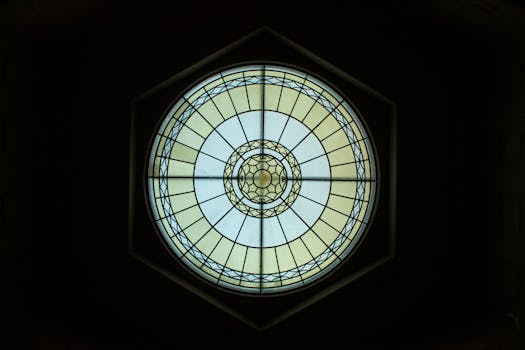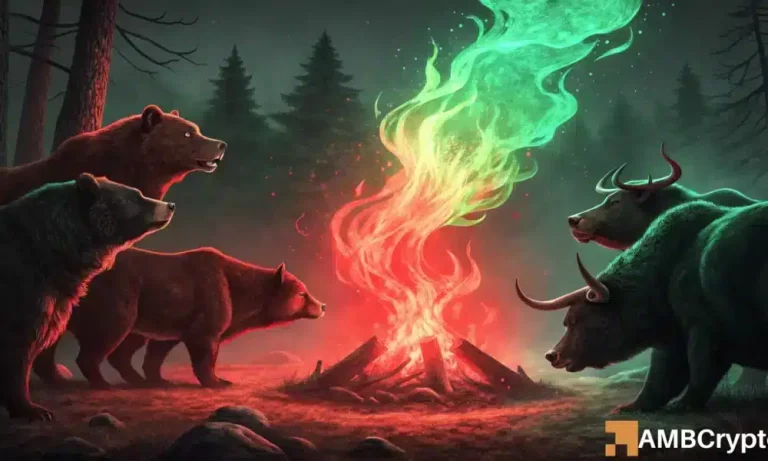
Traveling Through Time: How Europe’s Historical Heritage Shapes Modern Lifestyles in 2025
Traveling Through Time: How Europe’s Historical Heritage Shapes Modern Lifestyles in 2025. Europe, a continent steeped in history and tradition, has a unique ability to blend the past with the present. From the ancient ruins of Greece and Rome to the modern cities of London and Paris, Europe’s historical heritage continues to shape modern lifestyles in profound ways. In this article, we’ll explore how Europe’s rich cultural legacy has influenced contemporary life, from architecture to art, and cuisine to traditions.
Architectural Legacy
One of the most visible ways in which Europe’s historical heritage shapes modern lifestyles is through architecture. The continent is home to some of the world’s most iconic and influential buildings, from the Colosseum in Rome to the Eiffel Tower in Paris. These structures not only attract millions of tourists each year but also continue to inspire modern architects and designers. Many European cities have preserved their historical centers, with narrow streets, charming squares, and picturesque canals, creating unique and livable urban environments.
Cultural Traditions
Europe’s historical heritage has also had a profound impact on cultural traditions. The continent is home to a diverse array of festivals, holidays, and customs, many of which have their roots in ancient pagan rituals or medieval Christian practices. For example, the Tomatina festival in Spain, the Carnaval in Italy, and the Oktoberfest in Germany are all testaments to the enduring power of tradition in modern European life. These events not only bring communities together but also provide a sense of continuity and connection to the past.
Culinary Delights
Another way in which Europe’s historical heritage shapes modern lifestyles is through cuisine. The continent is famous for its rich and diverse gastronomic traditions, from the pasta dishes of Italy to the seafood stews of Portugal. Many European cuisines have their roots in medieval times, when food was a reflection of social status, geography, and cultural exchange. Today, these culinary traditions continue to evolve, with modern chefs incorporating traditional ingredients and techniques into innovative and delicious dishes.
Modern Interpretations
Despite the many ways in which Europe’s historical heritage shapes modern lifestyles, the continent is also a hub of innovation and creativity. From the street art of Berlin to the fashion designs of Milan, modern European culture is characterized by a bold and eclectic mix of traditional and contemporary influences. This blend of old and new is particularly evident in the realm of technology, where European startups and entrepreneurs are leveraging historical expertise in fields like watchmaking, textiles, and craftsmanship to create cutting-edge products and services.





